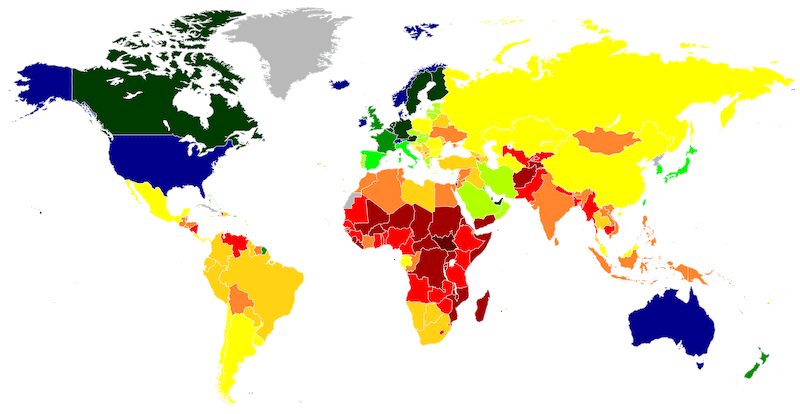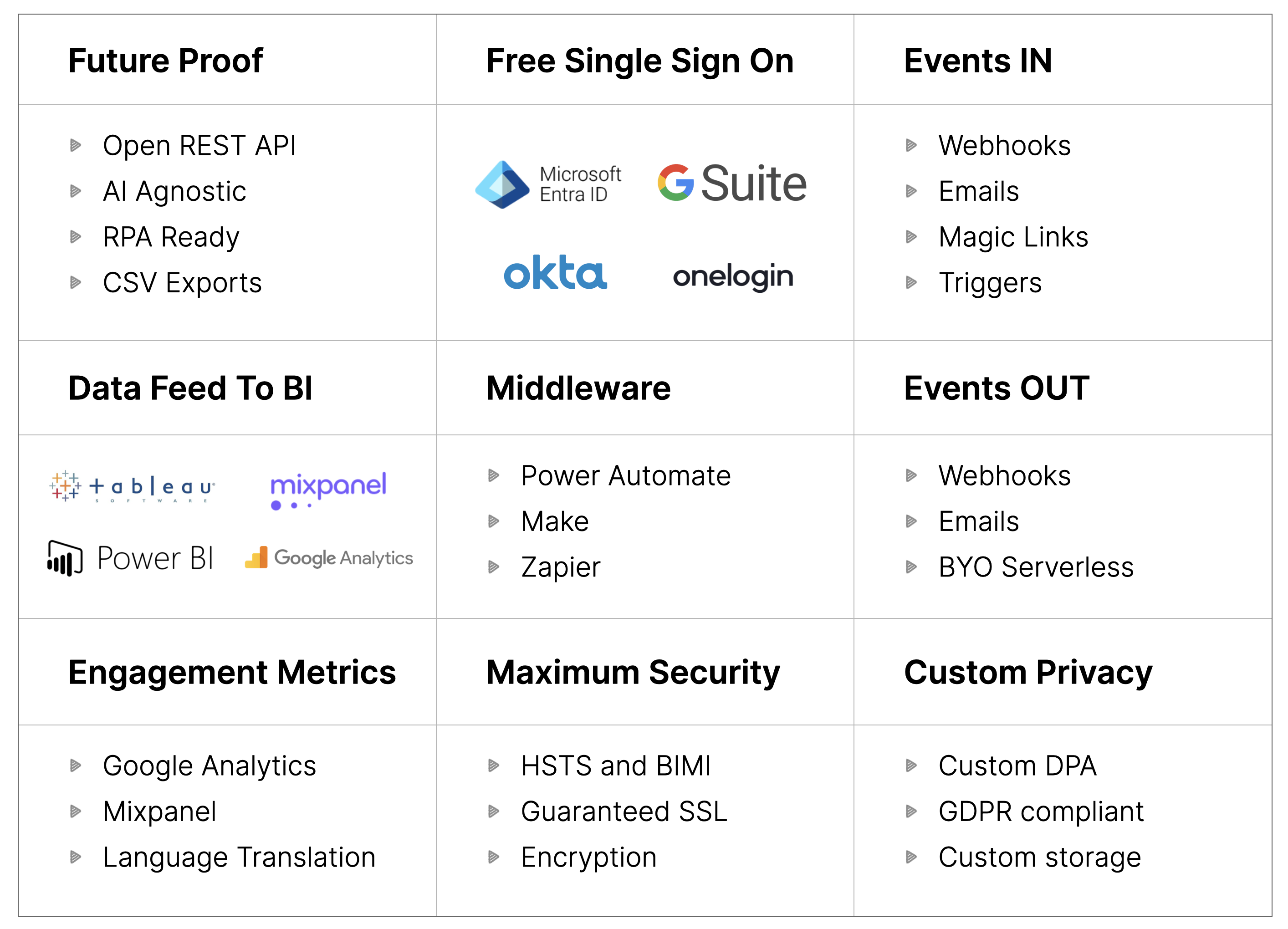The best alternative to Wrike
Tallyfy evolves your operations from ad-hoc projects to reliable and scalable processes
- Run processes not projects – Uniquely better
- Design – We invented Workflow Made Easy®
- Support – Get expert 1:1 help free – for life
- Discount – For companies in

Tallyfy vs. Wrike
Wrike

Wrike
Wrike
Wrike
Wrike
Wrike
Wrike
Wrike
Here’s why people don’t like Wrike
This is third party content sourced from the public web. You can verify this content if you wish. See our disclaimer and citations section below.
Stop bleeding 2 hours per person, daily - on busywork
Just 3 simple steps to digitized workflows
Evolve ops from chaotic projects in Wrike to predictable processes on Tallyfy

Define or upload your template using AI. Optionally add simple if-this-then-that conditionals. Add rich descriptions to capture tribal knowledge on every step.

Launch your process with a form or any other trigger. Invite unlimited guests or coworkers to complete tasks and fill out forms. Tallyfy handles auto-reminders.

Improve your process through feedback and metrics. Add steps run by AI. Automate specific steps if they’re worth it. Practice easy and continuous improvement.
Do you know the cost of busywork?
HEARING THIS?
- How do I do this?
- What's the status of this?
- I forgot we had to do that
- What comes next?
START TALLYFYING
- Every workflow - digitized
- Everyone is happy and efficient
- Newbies are auto-trained
- Grow revenue without chaos
TIME IS EVERYTHING
- US average wage is $44/h
- Nobody enjoys busywork
- Free up time for innovation
- Automate mundane stuff
Tallyfy does not charge for basic services
Need 1:1 help? Unlike costly “professional services” or third-party consultants for Wrike – Tallyfy guarantees free 25-minute screen-sharing calls with workflow experts for life.
SCHEDULE A CALL

Fair Price Guarantee
Tallyfy is well known for pricing that is discounted using the GDP-per-capita of your primary country. If you qualify you get an even better product with even more value. Choosing Tallyfy over Wrike is a no-brainer.
Fair Price GuaranteeIntegration and compliance information

- Open REST API
- SOC 2 Type II
- GDPR compliant
- BIMI and HSTS compliant
- Connectors to middleware
- Free SSO for all
- Webhooks and BI feed
- Language translation
- Bank-grade security
- Enterprise MSA & SLA
- More on integrations
What is Wrike used for?
What exactly is Tallyfy and how is it different?
As psychologist Daniel Kahneman said – “The confidence people have in their beliefs is not a measure of the quality of evidence but of the coherence of the story the mind has managed to construct.”
Does Wrike have a discount for certain countries?
Why should businesses focus on processes instead of projects?
As behavioral economist Dan Ariely observed – “We usually think of ourselves as sitting in the driver’s seat, with ultimate control over the decisions we make and the direction our life takes; but, alas, this perception has more to do with our desires than with reality.”
How does Tallyfy handle process improvement?
How does Tallyfy implement AI compared to Wrike?
What are the key limitations of Wrike?
As management expert Peter Drucker cautioned – “There is nothing quite so useless as doing with great efficiency something that should not be done at all.”
How can I see real customer reviews of Tallyfy?
Does Tallyfy offer a free trial?
How can I learn more or get started with Tallyfy?
References and Citations
- [1] Wrike Software Advice Reviews – February 2025
- [2] Wrike G2 Reviews – February 2025
- [3] Wrike Software Advice Reviews – February 2025
- [4] Wrike Capterra Reviews – February 2025
- [5] Wrike G2 Reviews – February 2025
- [6] Wrike Capterra Reviews – February 2025
- [7] Wrike Software Advice Reviews – February 2025
- [8] Wrike G2 Reviews – February 2025
- [9] Reddit Project Management Discussion – February 2025
- [10] Wrike TrustRadius Reviews – February 2025
Tallyfy is a uniquely different competitor to Wrike
Stop bleeding 2 hours per person, daily - on busywork
DISCLAIMER OF AFFILIATION, ACCURACY & LIABILITY
This page is an independent, good‑faith comparative review prepared by Tallyfy, Inc. (“Tallyfy”) and is based on publicly available information, third‑party reviews, and vendor materials current as of February 2025. The content is offered “AS IS” for general informational purposes only and does not constitute professional, technical, or legal advice.
- No Affiliation. Tallyfy is not affiliated with, endorsed by, or sponsored by Wrike, Inc. “Wrike” and related logos are trademarks or registered trademarks of Wrike, Inc.; all such marks appear solely for nominative, comparative reference permitted under the Lanham Act and the doctrine of nominative fair use.
- Dynamic Information. Features, service levels, and pricing change frequently and may have changed since the compilation date. Users should verify current offerings directly with each vendor before making purchasing decisions.
- Opinion & First‑Amendment Protection. All statements constitute Tallyfy’s opinion or commentary, which is protected speech when truthful and non‑misleading.
- No Warranties; Limitation of Liability. Tallyfy disclaims all warranties—express or implied—including accuracy, completeness, merchantability, and fitness for a particular purpose, and will not be liable for any loss or damage arising from reliance on this content.
- Overall Website Terms. Your use of this website is subject to our terms and conditions.